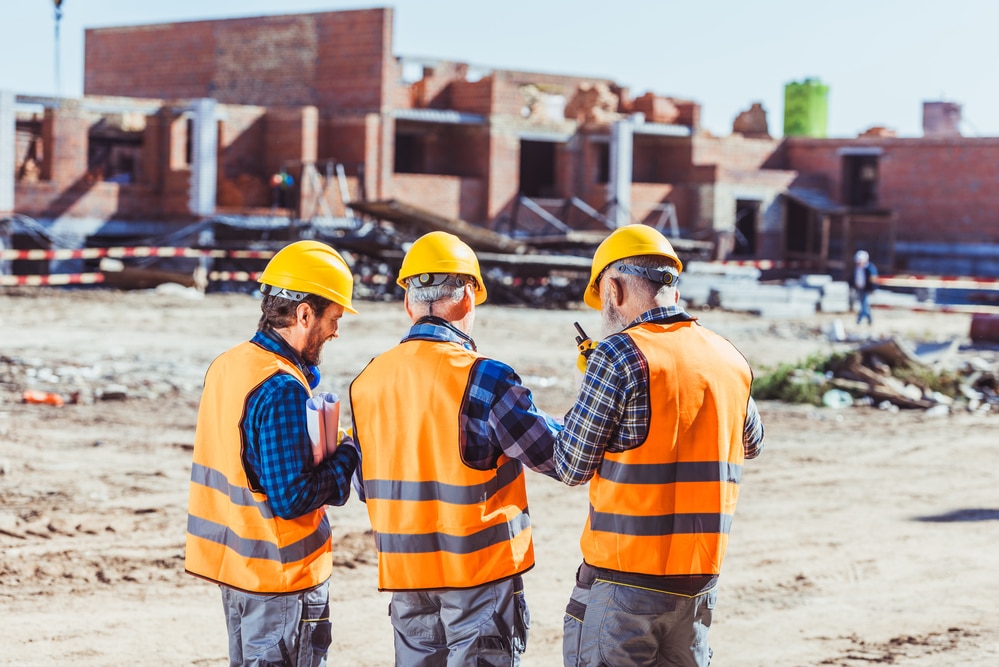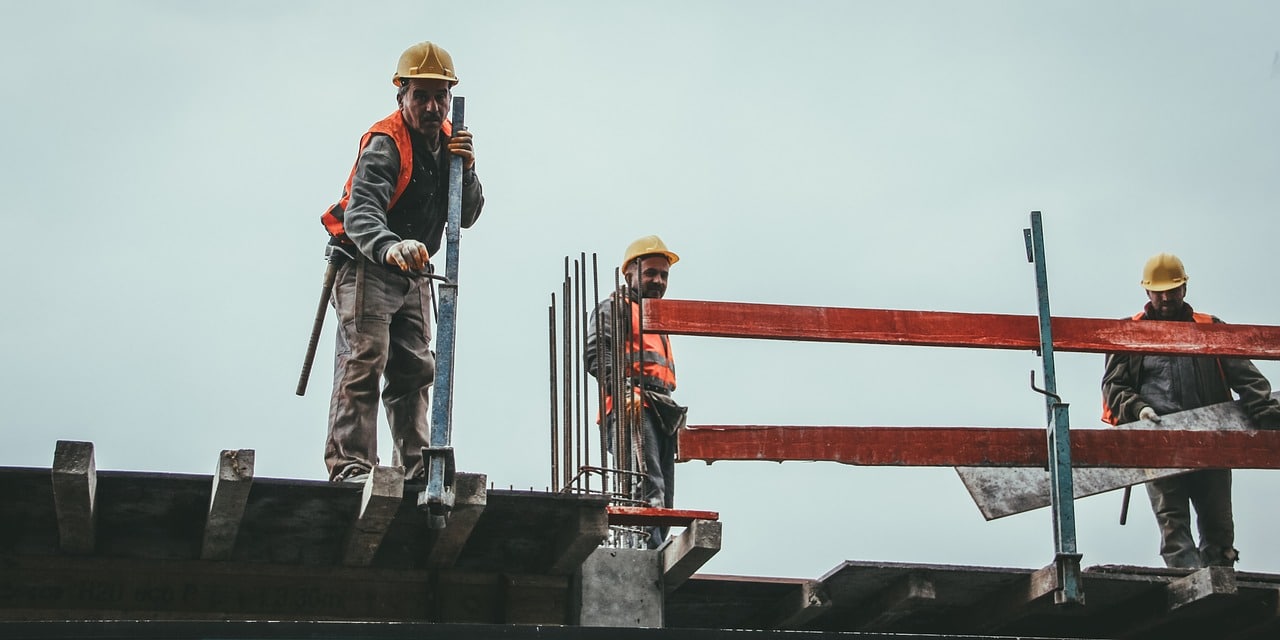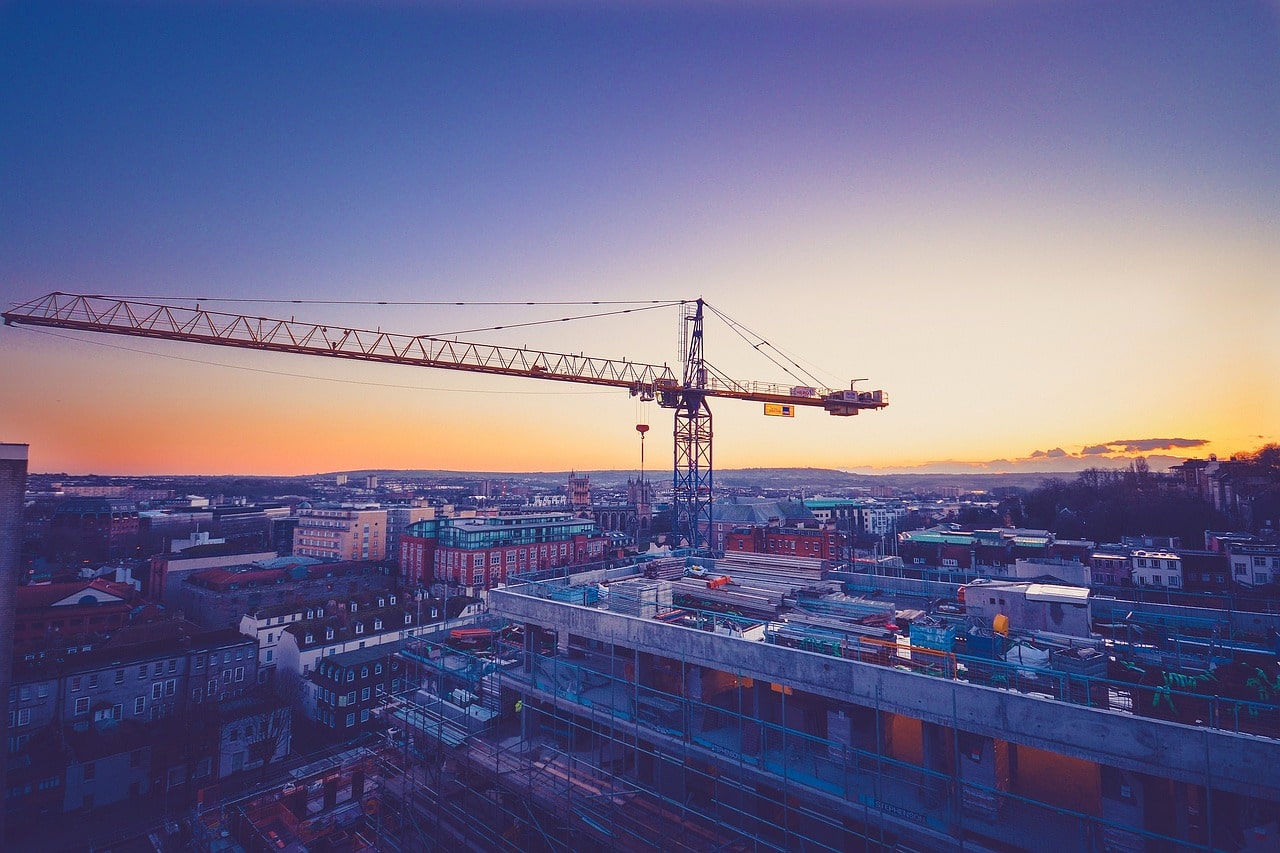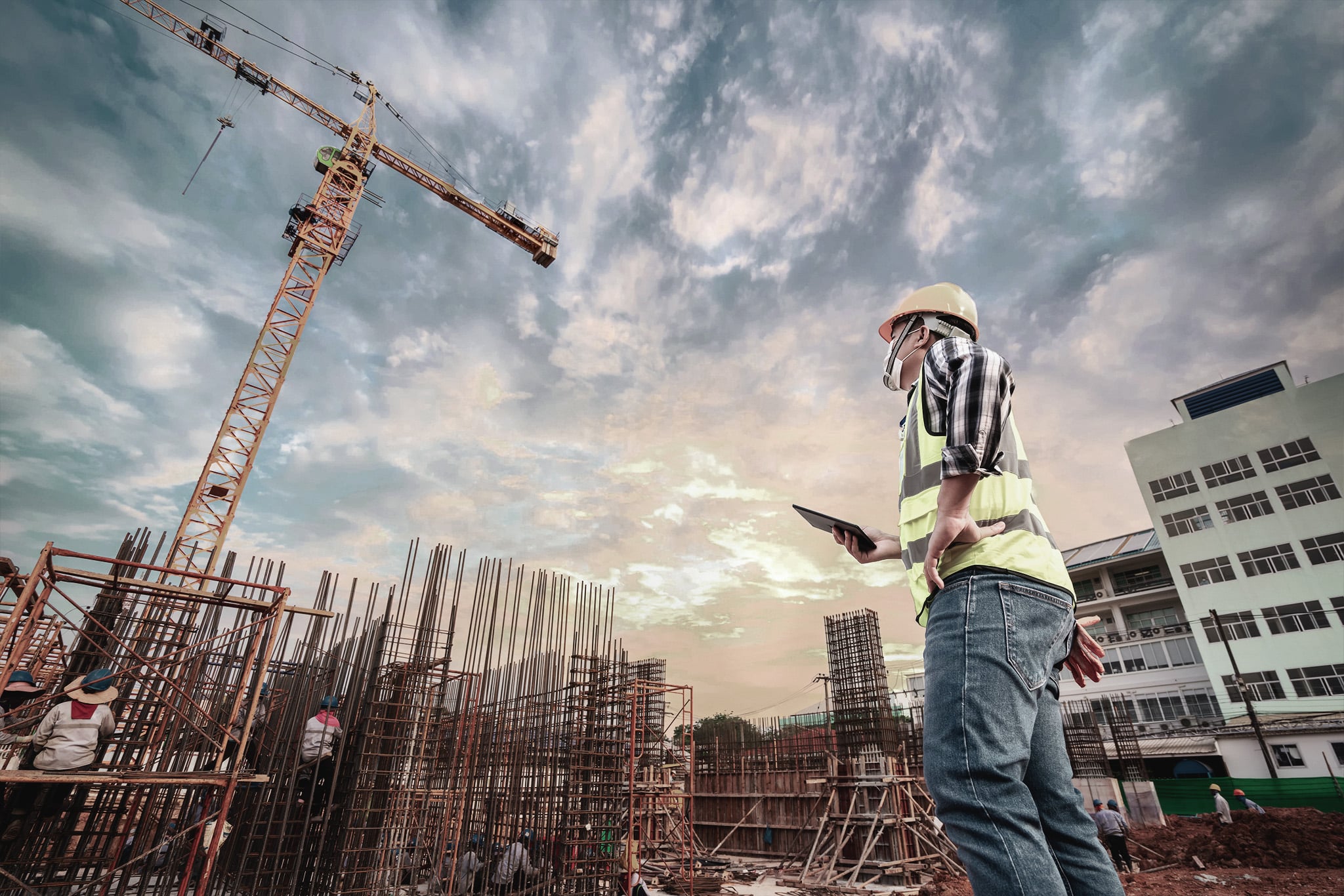A construction site is a piece of land where all the activities related to the location of a structure take part. Usually here the landscape properties – vegetation, soil conditions, looks, etc. – are modified to provide an adequate environment for professionals to carry out with the field works.
There are multiples and varied challenges a single construction site encounters, all of them related to the environmental conditions, regulations, and type of structure that is placed. A construction site doesn’t necessarily imply big changes in the landscape or built-environment.
Small projects for infrastructure maintenance need to comply with security requirements governed by local regulations. Their execution is also completed by qualified professionals. The limitation of the area where the works will take part is determined by the law and professionals altogether.
Then for maintenance and construction of infrastructure, professionals will need to establish an area where the works will be carried on safely.
On the surface, we could say there are two main types of construction: buildings and industrial. Buildings and housing constructions are terms that sometimes are used interchangeably when they refer to infrastructures such as condos, hotels, and apartments.
In a wide sense, industrial constructions are every type of structure where goods are stored or manufactured. As a rule of thumb, industrial constructions are big in size and required highly qualified professionals for the execution. For example, we could consider The East Bank, Queen Elizabeth Olympic Park in London and industrial construction.
However, the requirements for an industrial infrastructure like a windmill are clearly different than the ones for a railroad, regardless if both are considered industrial constructions. There are multiple types of construction sites with different safety regulations and signs.
Types of construction sites
Housing or residential
Housing and residential constructions have their own set of legislation in most countries. Since some of these constructions take part in the city or suburbs where there is a considerable flow of people, there are stronger security measurements towards protecting pedestrians.
Construction sites for housing include houses, apartments, and small condos. The facilities such as pool, theater, parks inside of the condo are also part of the construction site unless other is specified in the contract.
It is worth mentioning several contractors may be working together in the same construction site. As long as all the works are performed inside of the boundaries of the delimited area.
Power Generation
The most common methods to generate electricity are coal, gas, and oil. Nonetheless, hydroelectric and solar plants alongside with windmills are on-demand from developing and developed countries alike.
Although the infrastructure to generate power using solar plants differs from gas pipelines, both of their construction sites include structure to store and transmit the energy generated. Hence, electric towers maintenance, construction, and installation of conductors stringing and shield wire are part of the activities taking part in the power generation construction site.
Waste Management
Waste management plants are commonly found on the adjacency of cities. They are connected through sewerage systems to commercial and housing infrastructure. Waste management site constructions generally include classification, recycle and elimination or health-threatening residues as well with open dump disposal.
Water plants sometimes are close to waste management plants, as in some occasions water is reused for field irrigation. Construction sites for waste management often are well-guarded to avoid unauthorized people to access to dangerous material or pollute the water.
Traffic and transport
Airports, freeway, bridges, ports and railroads are part of the traffic and transport infrastructure. They could be classified as industrial construction sites. They are some of the most important infrastructure projects countries engage with, moving billions of euros a year and often representing a portion of the PIB.
Nevertheless, the construction sites of airports or freeways don’t remain the same during the whole construction process. The area that initially was destined to carry on with the field works change with the activities finished.
Gas and Oil
The construction site of gas and oil pipelines have strong security in their surroundings. Generally, there is a considerable distance between where the fieldworks take place and the entrance of the construction site.
The reasons are two: first, gas and oil is still the predominant way to generate energy worldwide, and therefore an unauthorized person could interfere with the energy supply of cities. Secondly, the corrosive and flammable material present in the construction site needs to be handled carefully, hence construction sites for gas and oil pipelines are not to be taken lightly.
Safety in Construction Site
Following the work, health and safety management plan developed by project managers and engineers after the analysis of hazards and risks in activities is a commitment for all workers in the construction. Two of the most used guidelines to build the technical framework are established OSHAS and ILO.
However, every country has its own set of rules and laws to carry out construction activities. The certification issued by the mentioned institutes are not meant to replace the regulation in each country, but to complement and work towards standardization to gather information and decrease the risk taken by construction workers.
In spite of the differences among construction sites, there are a set of common best practices for professionals in safety, health, and hazard.
Personal Protective Equipment (PPE)
Even if there are no evident hazards, all workers should have the basic protective gears with them. The equipment professionals in construction need to wear during their activities change with the site they are working in.
There are six different types of PPE:
- Hearing protection
- Hand protection
- Respiratory protection
- Head protection
- Eye protection
- Foot protection
Most construction sites demand the use of at least helmet, gloves, construction boots, protective glasses, and high visibility vest.
Training
Additional to the professional training, workers should be aware of the possible dangers on the construction site. Before starting the activities, construction workers should take part in talks with human resources, and health and safety specialist.
During the training, workers should read and understand the site safety procedures, besides learning how to perform a safety checklist for themselves.
Construction Machinery and Equipment
Accidents caused by scaffolds are on top of the construction safety reports. Each year, thousands of workers are injured and several dozens result fatally harmed. Therefore, fall protection in scaffolds alongside with ladders are stairs are important to maintain a safe work environment.
Besides training and equipment to prevent falls or harm due to contamination, regular machinery maintenance should be part of the safety plan. Heavy equipment such as cranes, excavators, backhoe, bulldozers, loaders, etc. are some of the most common sources of accidents in construction.
Construction signs
Whether there are custom made or suggested by OSHA and ANSI, construction signs fall in six different categories:
- Prohibition Signs
- Warning Signs
- Safe Conditions Signs
- Supplementary Signs
- Mandatory Signs
- Fire Equipment Signs
In the majority of cases, construction signs are red, yellow, green and blue. They have specific shapes as triangles, circles and rectangles, each of them with a determined size of the lettering. The mandatory signs are usually blue, warning signs are yellow, safe conditions are green and fire equipment signs are red. Prohibition signs are a red circle with a crossbar in a white background.




